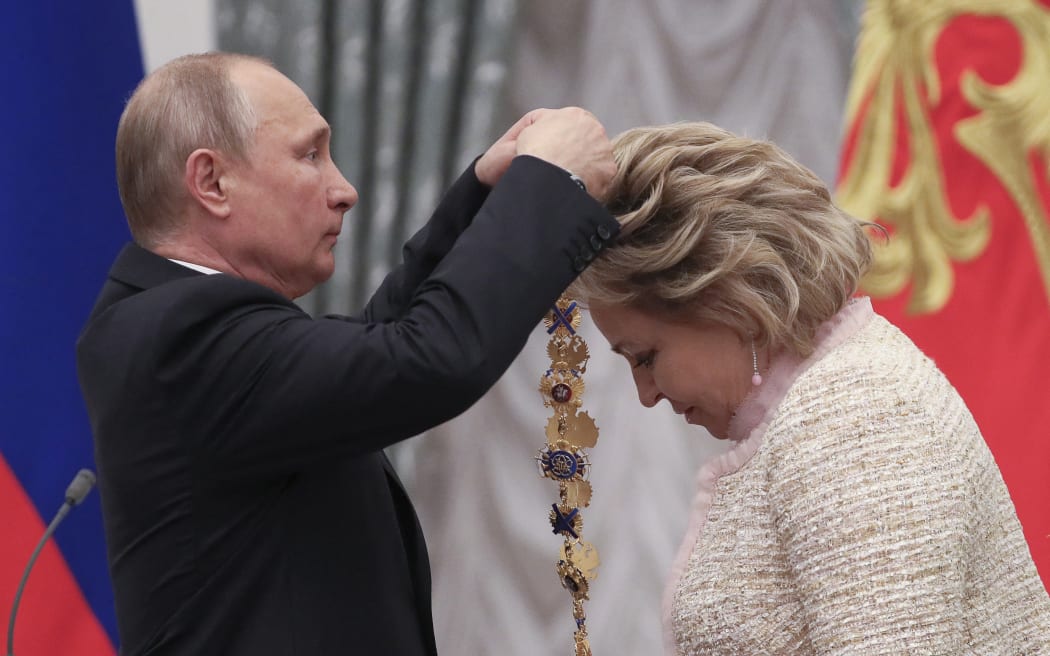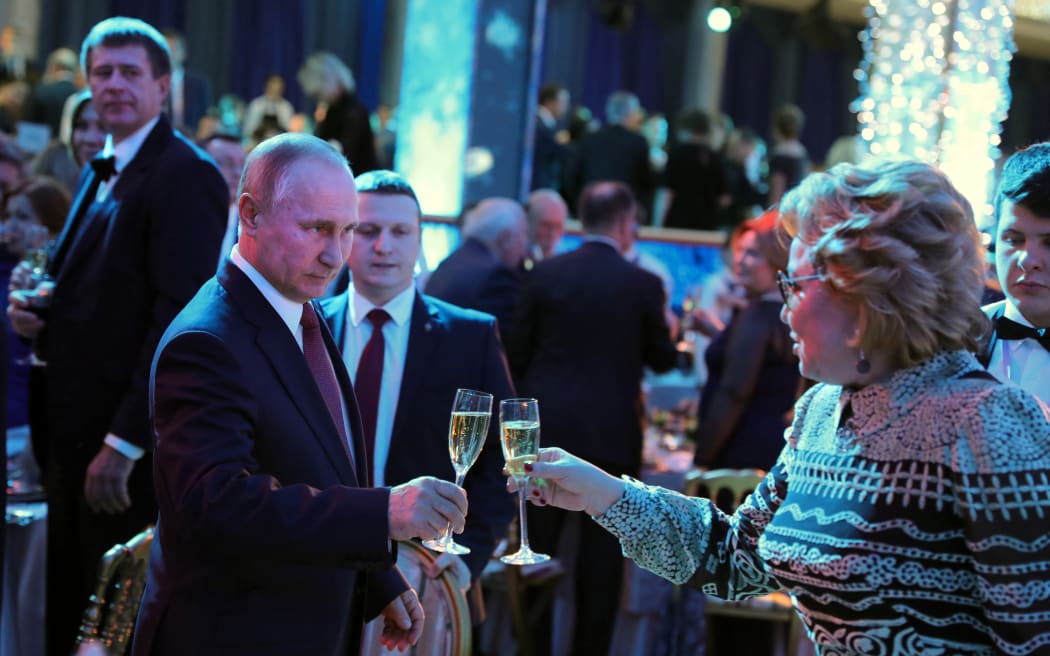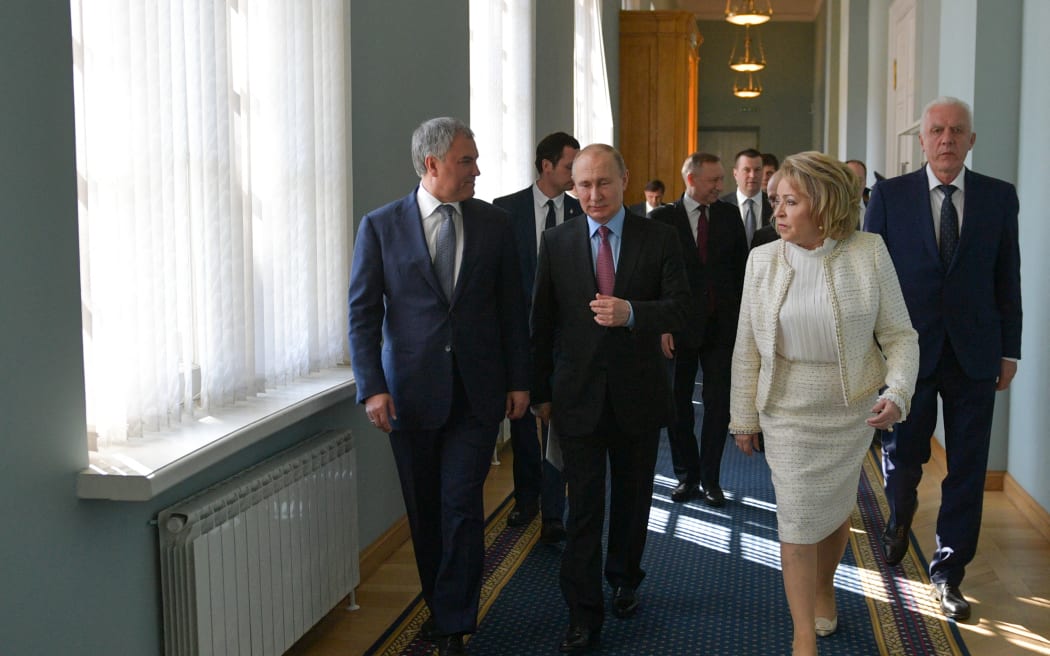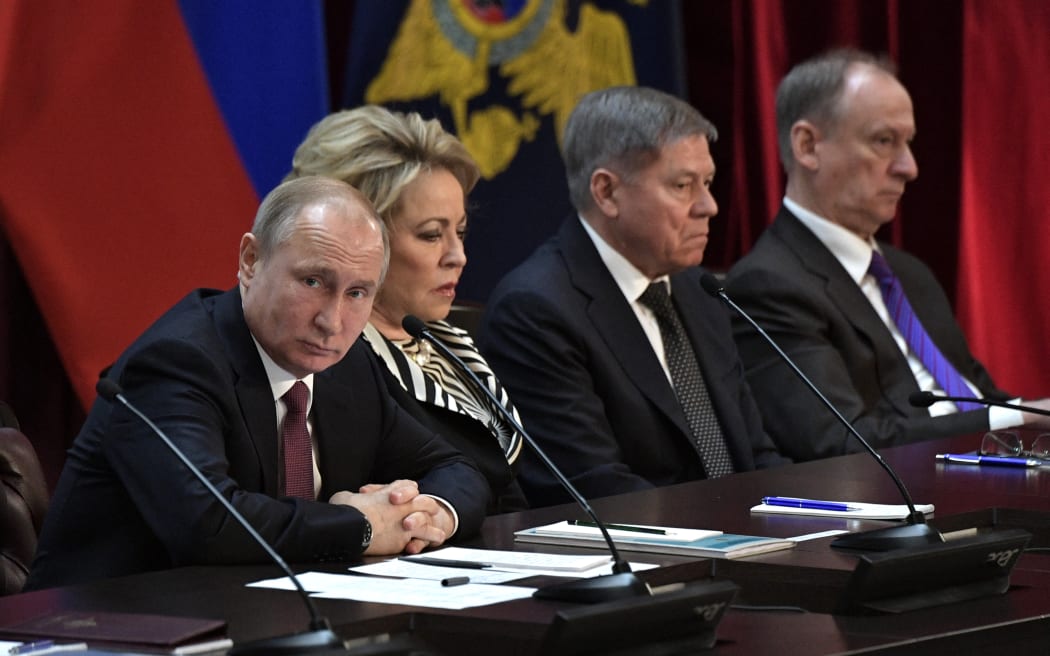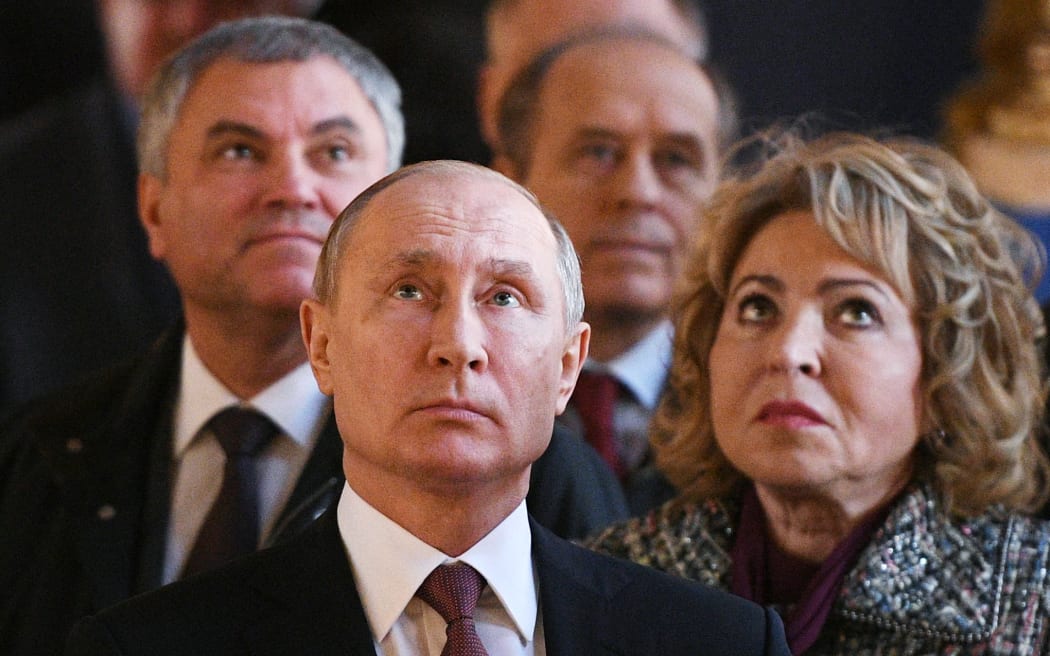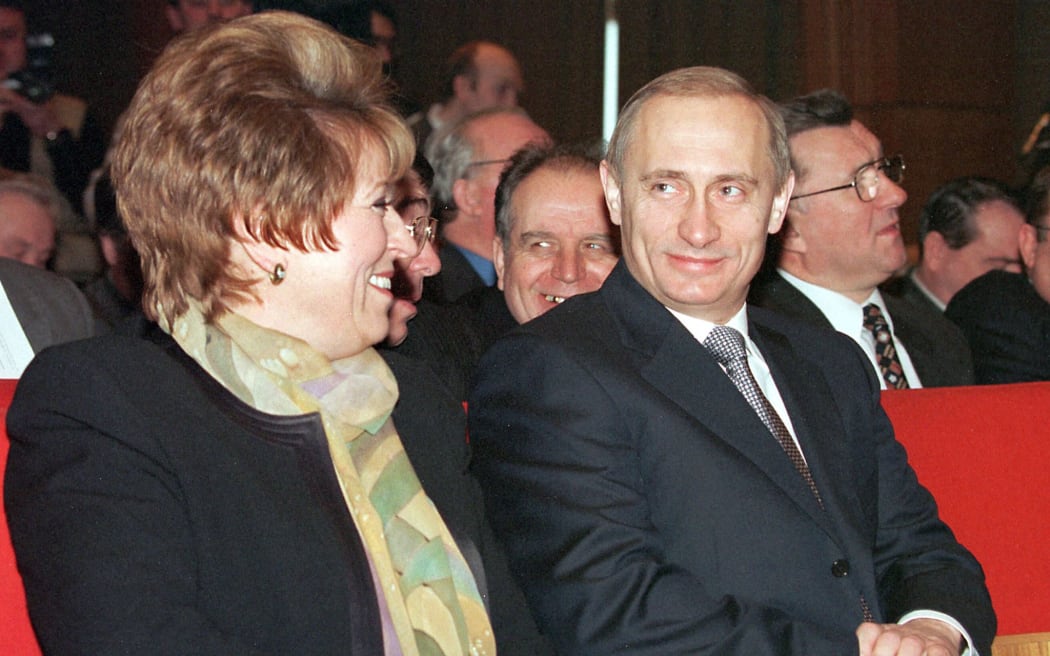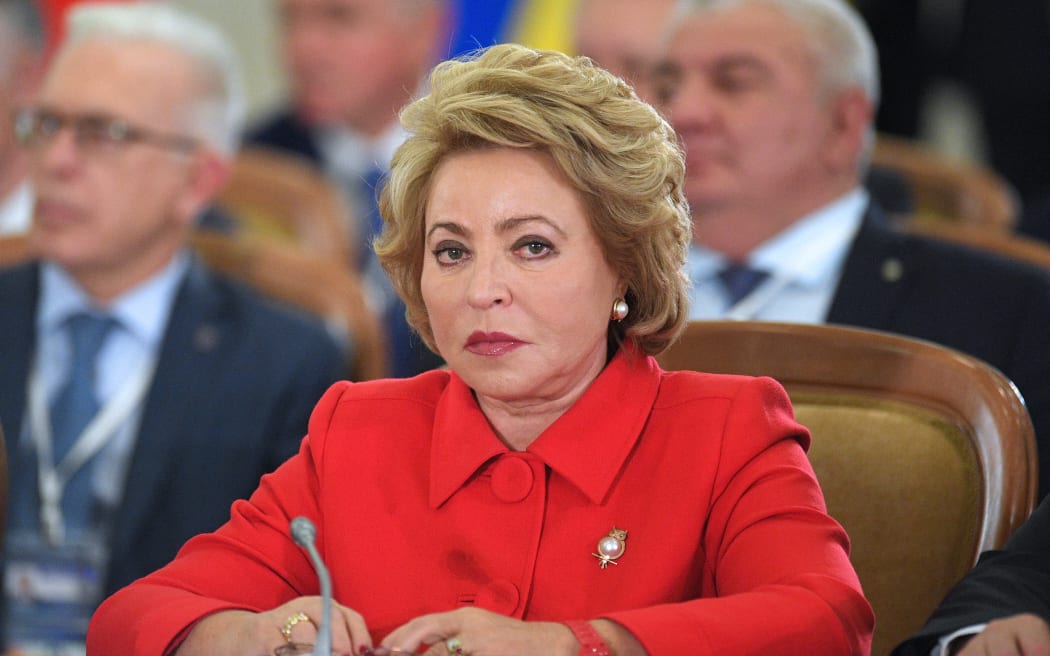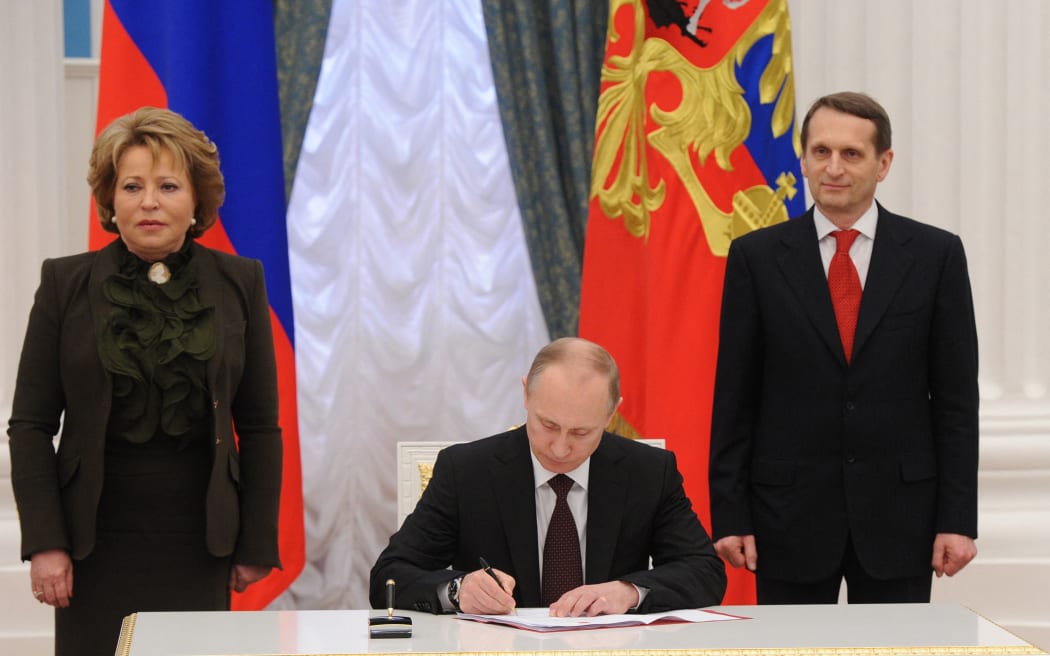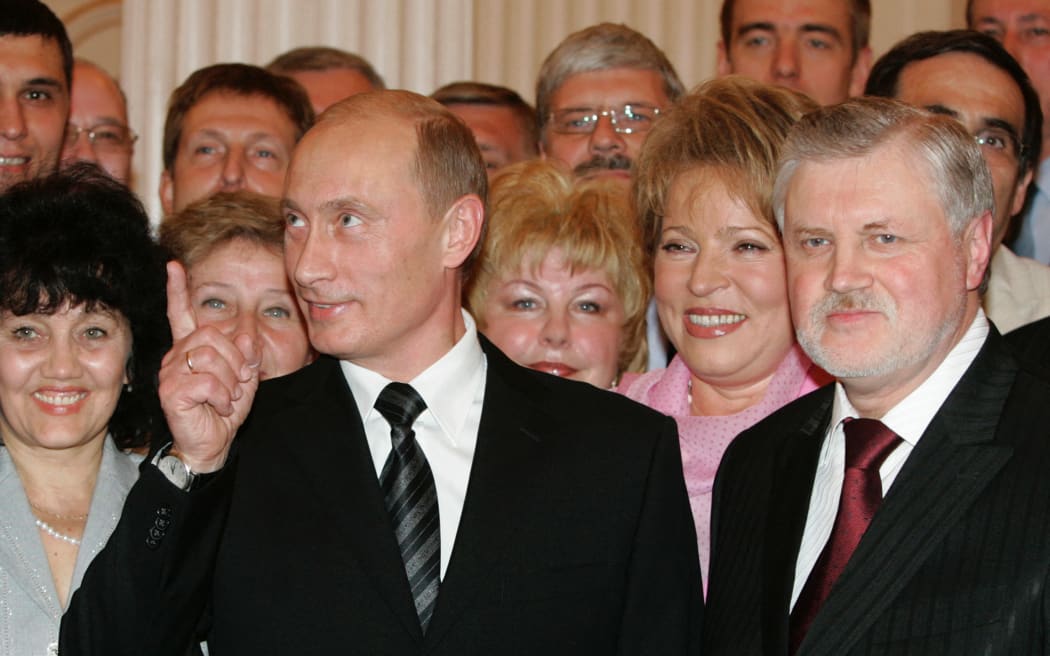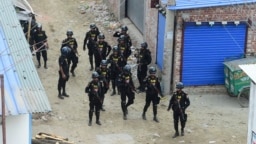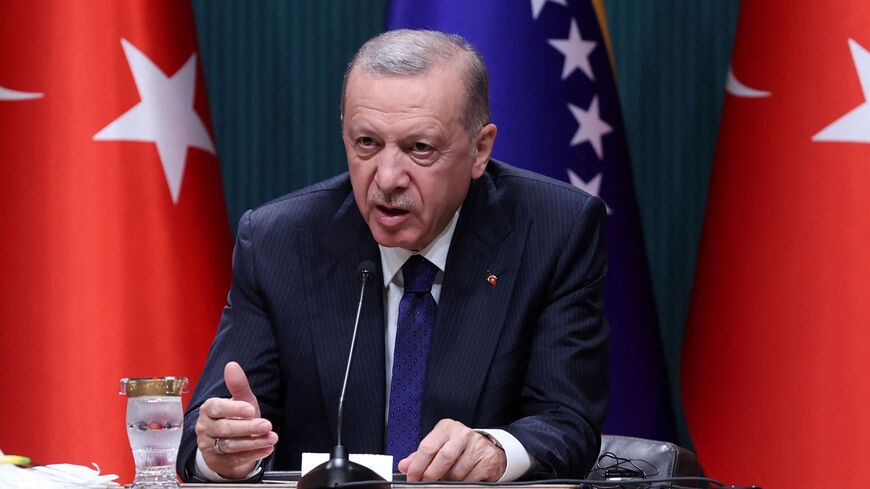Indie filmmakers in China — Q&A with Karen Ma
Karen Ma is a novelist and reporter whose most recent book profiles Chinese independent filmmakers who were born in the 1980s. We discussed the distinctive traits of this generation, censorship, and the evolution of moviemaking in China in the last few decades.
Jeremy Goldkorn

Karen Ma — image by Nadya Yeh
LONG READ
Karen Ma’s passion for Chinese cinema started as a way to stay connected to her culture, as the daughter of Chinese immigrants living in Japan. She discovered indie Chinese filmmaking when she moved to Beijing in the 2000s and later noticed the lack of Western scholarship on recent Chinese cinema. So she wrote her own book, China’s Millennial Digital Generation: Conversations with Balinghou (Post-1980s) Indie Filmmakers, in which she presents seven moviemakers born in the 1980s and their films.
We chatted by video call on June 1. This is an abridged, edited transcript of our conversation, part of my Invited to Tea interview series.
—Jeremy Goldkorn
How did you go from writing a novel about two Chinese sisters — one raised in Cultural Revolution China and the other in Japan — to writing a book about China’s millennial, digital generation and independent filmmaking in China?
The two are kind of related.
Because of my novel project, I had to do a lot of research about Chinese culture, Chinese society. You see, I’m really a transplant, because I wasn’t raised in China. I felt like there were a lot of gaps and holes. I wanted to be accurate. I did a lot of research, and I was also a film critic when I was in Japan. So, it didn’t come from nowhere: I was going to screenings, and writing about films as my way of getting in touch with my parents’ roots. So I started noticing interesting things about indie Chinese films.
I had this opportunity to teach a film and culture course at the Beijing Center for Chinese Studies through UIBE, University of International Business and Economics. Teaching the course made me realize that there was a lot of English scholarship on filmmakers until the millennium. After that, there’s not much follow-up. I thought maybe somebody should write about this. And I decided that I would be the person.
Your book features seven Chinese indie filmmakers, all born in the 1980s — the bā líng hòu 八零后 or post-’80s.
The overriding impression of the book is that these people grew up in an audiovisual environment quite different from you and me, who are a little bit older. They are internet natives.
I remember when YouTube launched, around the time we first met in Beijing. I started making this YouTube program. It was very much based on a TV model — landscape screen, starting with theme music, and then opening credits and so on. Whereas these people grew up when that was already, not completely destroyed, as it is for the TikTok generation, but it was already crumbling. Their first film experiences were not necessarily in a cinema.
What’s the difference between people like that and us?
I think the distinction is more pronounced in China. The before and after groups. Let’s talk about the sixth-generation filmmakers. These are the ones who came of age and were active in the 1990s, and that was pre-internet. The number of films they viewed were limited and they were mostly trained by a handful of film academies. Whereas the post-’80s are the first generation to embrace all kinds of digital technology.
First off, they can view so many more films than the previous generations. More importantly, the digital technology advancement coupled with education reform, and the deregulation of the colleges and mushrooming of a large number of colleges that offer these film courses, which went from five schools to 120 in the space of five years, meant that they didn’t have to be limited by that handful of film official training grounds.
And the internet and digital cameras lowered the bar for filmmakers. They are really mostly viewers turned filmmakers who, through watching movies, learned to make them intuitively. They make movies for viewers their age and maybe a little bit younger. They can just watch and watch, and they watch like 20 movies if they want because it’s so easy.
And then they learn to make movies intuitively. They make movies for viewers, their age and maybe a little bit younger. The previous generations, fifth and sixth, did not understand the audience’s taste in the same way. This is what gives the edge to the post-’80s filmmakers.
Is that edge a good thing? There’s an independence of thinking, and aesthetics, and subject matter which wasn’t possible for previous generations. Cinema used to be an art form that required a certain time and money commitment. However, their generation grew up with almost infinite choice. How has this affected their filmmaking?
Well, like I said, the bar is much lower. So, that means a lot of films get made, and you’re going to have a lot of low-quality films. Although there are also those who take their artistry seriously and are true to their art form.
They have the option of pairing up with private studios, which came along after the year 2000. This allowed indie filmmakers to start making more commercial films. In other words, the indie filmmakers from the post-’80s age bracket have more choices, not just in terms of what kind of movies or what platforms are used, they also have the choice of working with private studios. Before that, it was all state owned.
After the year 2000, because of deregulation and some of the other reasons, there was a rise of private, nonprofit companies. They came about to help serious indie filmmakers to make art films. That’s something that was not available to the previous generations, who used to either have to go with the state-owned enterprises, be the mouthpiece for the government, or go underground and do renegade film if they wanted to stay true to their expression. The later generation had a lot more options available to them.
What are those options? How are they distributing their films? How are people seeing the films, and how are they making money out of the films?
In the beginning, they did what the sixth generation, the previous underground type of filmmakers, did: They took their art films to international festivals, and then tried to attract a foreign company to invest in their films. Later, when these private studios in China were burgeoning, the industry started to really need more talent.
That is when the commercial sectors started to try to lure the indie filmmakers to work with them. Because the indie filmmakers tended to spend more time working on their scripts, they often had better storylines and their voices were fresher.
You started seeing the commercial sector and the indie sector coming together. So you saw a peak rise of the Chinese film industry between 2006 and 2015. In that 10-year bracket, there was a double-digit increase in the market. During that time, a lot of the indie filmmakers also started to get attention, for better or for worse. Sometimes it’s good. A lot of times it’s not.
But those became the choices available to them as well. In the beginning, smaller studios worked with them, and then later, the bigger companies also came after them.
One thing in common among the people you profile in your book is that they are actually passionate about film. They’re not just in it for the money. They want to make films of meaning.
What are they and the younger cohorts doing now?
Until about five years ago, these indie filmmakers had grassroots film festival platforms to showcase their films as a testing ground, such as the China Independent Film Festival and the Beijing Independent Film Festival. These are the main ones, there are quite a few smaller ones. Or, of course, they could also go overseas to international film festivals.
But there’s a political change now, and the censorship came down quite hard. Things especially started happening in 2017 because of the new film law and then just got tighter and tighter. In 2018, the Propaganda Department of the CCP took over as the regulatory body, which made the censorship process tougher for a lot of the films. So long story short, if you are making a feature film, you really have to be prepared to spend a long time to work with the censors.
Especially after 2018, as there’s been a lot more flat rejection of film scripts, and not very much negotiation room anymore. Before, filmmakers could still negotiate, but after 2018, when the Propaganda Department took over, it certainly has become even tougher.
Since 2021, there has been a new set of guidelines for visual media, even tougher rules, on what can be shown. Now, even homosexual themes, and certainly smoking, drinking, and adultery, which all used to be in a gray area, are forbidden.
There is also the COVID impact and digital controls becoming much more widespread. So if you try to make a sensitive film, or with some sort of social commentary, you’re going to have a really hard time getting by the censors. I have one filmmaker who made the unfortunate choice of trying to do a very sensitive film, about a rape case.
He has been trying to negotiate with censors since 2017; it’s been years. Because this film was invested in by several studios, he does not want to stream it online. This certainly is one option available, but he says, “I cannot do that. I can never recoup the investment. So I’m going to sit on it. I’m going to see if after a few years when things are not so sensitive anymore, maybe I’ll get a call. Maybe I’ll get an okay.”
This is one approach. The other approach, depending on whether you’re making documentaries, which can be even more hard-hitting, would be to target a very niche market, and forget about trying to pass censorship. You can make the film outside China, work with a foreign company, and don’t count on coming back and showing your film in China. That certainly is another option.
They’re sort of stuck.
In the next few years, nothing would allow us to think that things might improve. We’re only seeing things are getting tougher.
You’re a global person who grew up in Japan, lived all over the world, Hong Kong, Beijing, the United States. How do you see China’s post-’80s filmmakers compared with their peers in other countries? What’s different about them to the equivalent person in America or Japan or India?
Well, let’s put it this way. The censorship is much tougher in China, that’s for sure. And there are a lot of topics you cannot talk about, even though…I have to add that the censorship process is not like things are always getting together. There’ll be a loosening, too.
During the ’80s, when the fifth-generation filmmakers came about, they had a very lucky time, because that’s when China was very open. And then you see the tightening after 1989. Things started loosening up again, in the mid-’90s. Then you see these tightening up and then things loosening up again.
This is something that the filmmakers, young filmmakers, have to reckon with. They have to always try to test the water. Back to the same filmmaker who made the unfortunate choice of producing a very sensitive film in 2017. He timed it wrong. But being able to time, or produce a film at a good timing is very important. And that’s one aspect that, say, American filmmakers wouldn’t have to worry about.
But having said that, I do think that America also has censorship of a different kind. You have the rating system and you have the political correctness issues. Filmmakers still have to follow rules, they can’t just go ahead and produce a film with any topic at any time.
It’s just that the Chinese filmmakers live with their reality and they have to do a better job of figuring out what is actually doable at a certain given time. Like this filmmaker, because he made a film about a sexual abuse case, and this topic would have been totally fine two years ago, before the film law came out. So there’s constant guessing. Things are changing. Who is the new leader coming out? What is this person like? So they have to do a lot of guesswork.
If you wanted to recommend one film for somebody who doesn’t know about this generation of Chinese filmmakers, would you be able to recommend one?
I would recommend two. I would say the first one, Lǐ Ruìjùn’s 李睿珺 Fly with the Crane (告訴他們,我乘白鶴去了). That one deals with death. Life and death. And from a very unusual perspective, an old man’s self-questioning.
If I have no say in how to come into this world, can I not have a say about how to exit the world? And it has to do with a Chinese local policy that bans burial. You have to do cremation.
In the countryside, older people have no qualms about talking about death. In fact, in the film, this particular old man used to be a coffin maker. And because of this new policy, he finds his business slowing down because nobody’s ordering coffins anymore. Yet he’s more concerned about facing his own death and has already reserved his own coffin. Now he’s realizing, “Maybe I’ll never get to use it because I’m going to end up getting cremated.” And that really upsets him. He feels that his soul would not be lifted. He will end up being a pile of ashes.
He’s really bothered by this, and his grandchildren are the only ones who have time to even talk to him.
The director uses interesting ways of contrasting the very active grandchildren’s play in their games and then this old man’s meditative thinking. And then in the end they together devise a plan, and the children will help their grandpa to exit the world.
What’s the second one?
The Coffin in the Mountain (心迷宫) by Xīn Yùkūn 忻钰坤. He’s heavily influenced by the Coen brothers. It’s set in a village in Hunan Province, where there are many families with secrets to hide. A murder takes place. We don’t really know what’s what because the timelines are scrambled.
So he created a brain teaser and the viewer has to figure out what happened. So he gets to make a social commentary about all the issues that are taking place in a sort of Wild West, a dark place in a Chinese village.
What Chinese films are you watching now?
Old ones. Not necessarily new ones. One of the films I have watched was made by a Taiwanese filmmaker in 2017 and is called Love Education (相爱相亲).
There’s a film called An Elephant Sitting Still (大象席地而坐), a very dark film, but by a very talented filmmaker called Hú Bō 胡波. Got all kinds of rave reviews. That’s on my list. I started watching it, not quite there yet.
But then the last one that came highly recommended is called The Wild Goose Lake (南方车站的聚会) by Diāo Yìnán 刁亦男. You may have heard of Diao Yinan, he also made Black Coal, Thin Ice (白日焰火). He’s a very talented, slightly older filmmaker, but he has this magic touch of combining the commercial element with social commentary, and also knowing what is allowable. So he has made very successful films, crime films, mystery films, and still managed to make money for the investors.

Jeremy Goldkorn worked in China for 20 years as an editor and entrepreneur. He is editor-in-chief of SupChina, and co-founder of the Sinica Podcast. Read more
